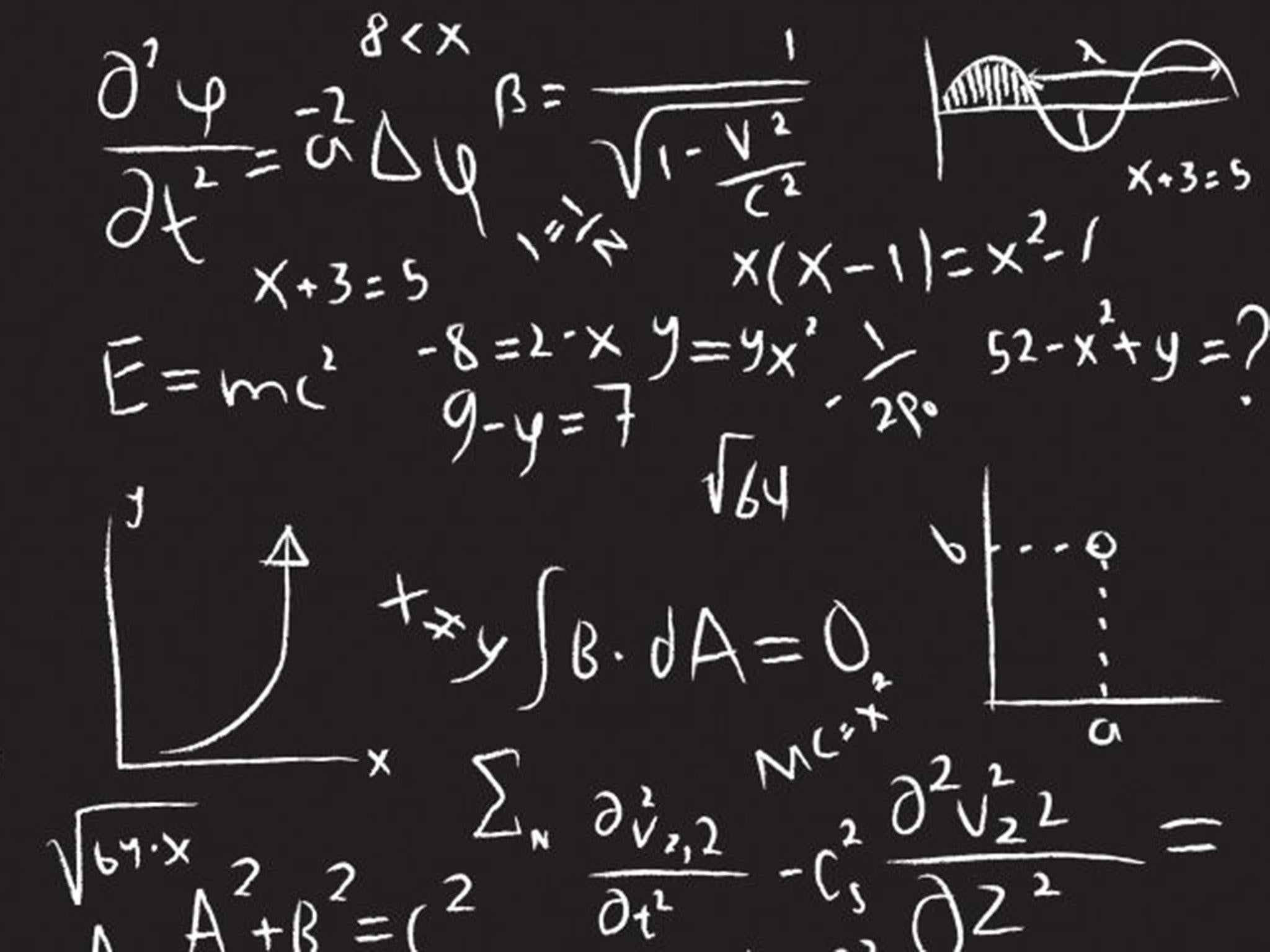The $3m prize for maths? Welcome to the X2+y2 factor
A new multi-million dollar prize for maths aims to bring rock star status to pointy-headed academics, even though no one really understands what they do. About time, says Steve Connor

A handful of mathematicians – there is perhaps no better collective noun – have each won a prize worth $3m (£1.7m) for their contributions to the esoteric world of numbers, thanks to a group of internet billionaires, including Marc Zuckerberg, the founder of Facebook, and Yuri Milner, who gave up physics for the more lucrative field of tech start-ups.
The inaugural 2014 Breakthrough Prize in Mathematics is the biggest award in maths and is Milner's attempt to bring rock star status to the pointy-headed academics who work on the sort of cerebral problems that defy analysis for the vast majority of the population.
One of the five winners, for instance, is Simon Donaldson, 56, of Stony Brook University and Imperial College London, who won his $3m for "the new revolutionary invariants of 4-dimensional manifolds and for the study of the relation between stability in algebraic geometry and in global differential geometry, both for bundles and for Fano varieties".
The second Briton is Richard Taylor of the Institute for Advanced Study in Princeton who won his $3m for "breakthrough results in the theory of automorphic forms, including the Taniyama-Weil conjecture, the local Langland conjecture for general linear groups, and the Sato-Tate conjecture". Mathematics may be beautiful, but it's a beauty only a few can see.
Taylor is reported to be thinking about what to do with his winnings now that he can tell his colleagues – like the other winners, he was sworn to secrecy until the announcement was made official yesterday . "These prizes give the impression this work is done by a few people, but that's not the case. Everyone bases their work on other people's work," Taylor says.
The other winners of the first Breakthrough Prize in Mathematics are Maxim Kontsevich of the Institut des Hautes Études Scientifiques in France, Jacob Lurie of Harvard and Terence Tao of the University of California, Los Angeles, who each work in areas heavily marked with "no entry" signs, such as "symplectic topology", "elliptical cohomology" and "combinatorics". As part of the deal, all the winners have agreed to sit on the selection committee for subsequent prizes. They have promised to attend an awards ceremony designed to bring adoration to professional mathematicians in order to inspire future generations of children, according to Milner.
"We think scientists should be much better appreciated. They should be modern celebrities, alongside athletes and entertainers," Milner says. "We want young people to get more excited. Maybe they will think of choosing a scientific path as opposed to other endeavours if we collectively celebrate them more," he says. "Intellectual brilliance is under-capitalised in our society… The greatest thinkers of our age should be superstars, like the geniuses of screen and stadium," he adds.
There is one problem with such a modern sentiment, however. Mathematicians may do it with a computer (or a slide-rule), but they don't do it for money or fame. Take the case of Grigori Perelman, from the Steklov Institute of Mathematics in St Petersburg, who quietly toiled away for eight years on one of hardest problems in maths, initially proposed in 1904 by Frenchman Henri Poincaré.
Perelman, in a series of brilliant insights, eventually managed to solve Poincaré's conjecture, which deals with the properties of surfaces in two, three or more dimensions. The conjecture is difficult to conceptualise, but in essence it's suggested that all shapes can be reduced to either spheres or doughnuts. Perelman managed to convince a sceptical world that his proof was genuine and so was awarded a number of honours, including the prestigious Fields Medal (the Nobel Prize in maths) and a separate $1m prize offered by the Clay Mathematics Institute in Cambridge, Massachusetts.
The trouble, however, is that Perelman is a recluse, living alone with his mother in a flat in St Petersburg. His only (reluctant) contact with the press came when he shouted at a reporter though his front door, saying: "I'm not interested in money or fame; I don't want to be on display like an animal in a zoo."
Clearly some mathematicians aren't suited to being rock stars.
Subscribe to Independent Premium to bookmark this article
Want to bookmark your favourite articles and stories to read or reference later? Start your Independent Premium subscription today.

Join our commenting forum
Join thought-provoking conversations, follow other Independent readers and see their replies